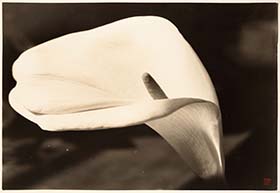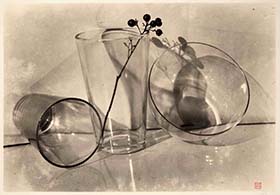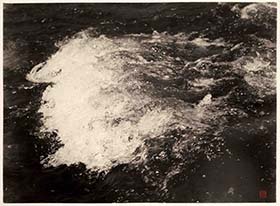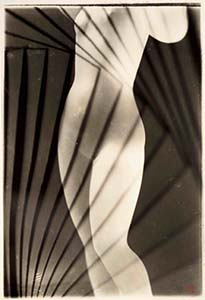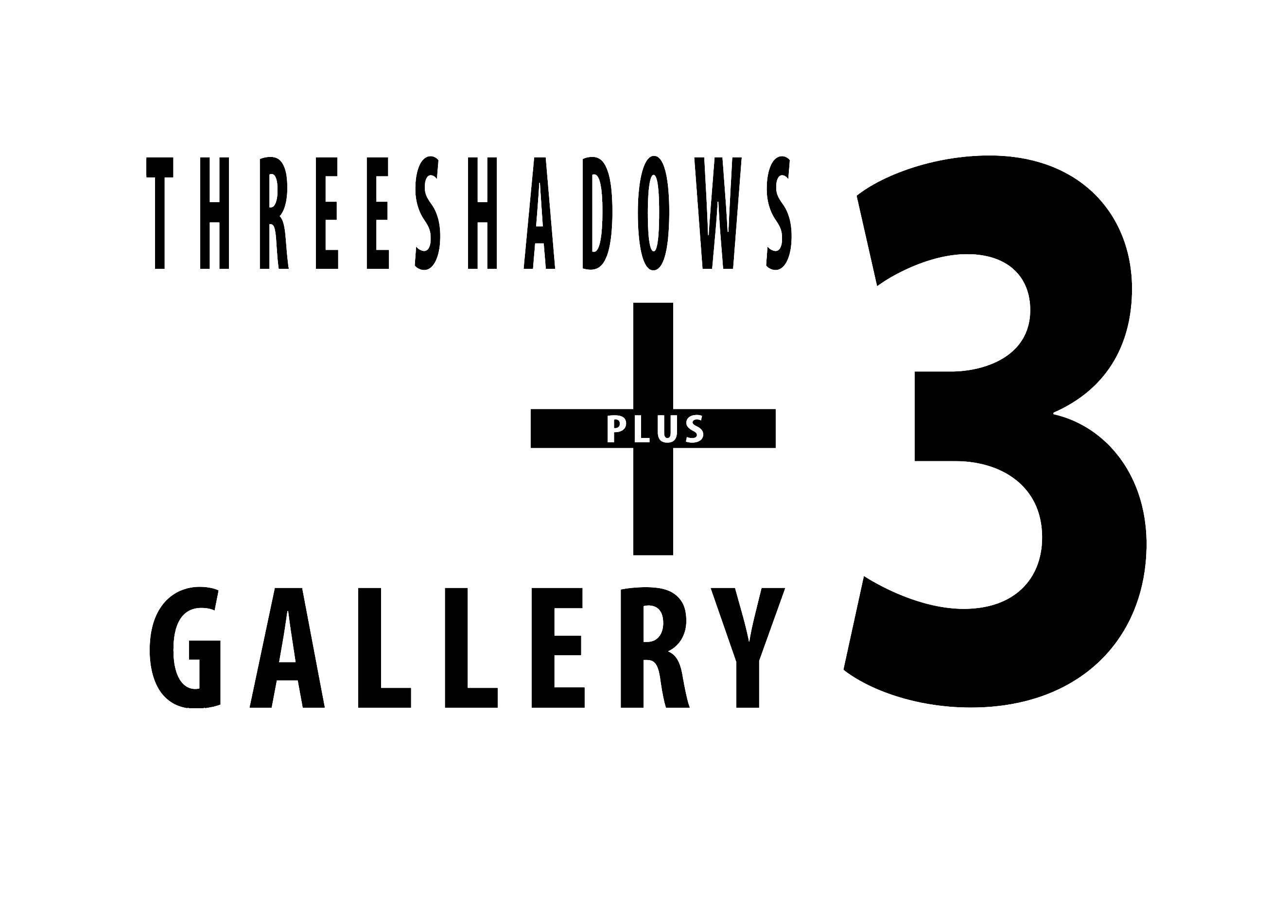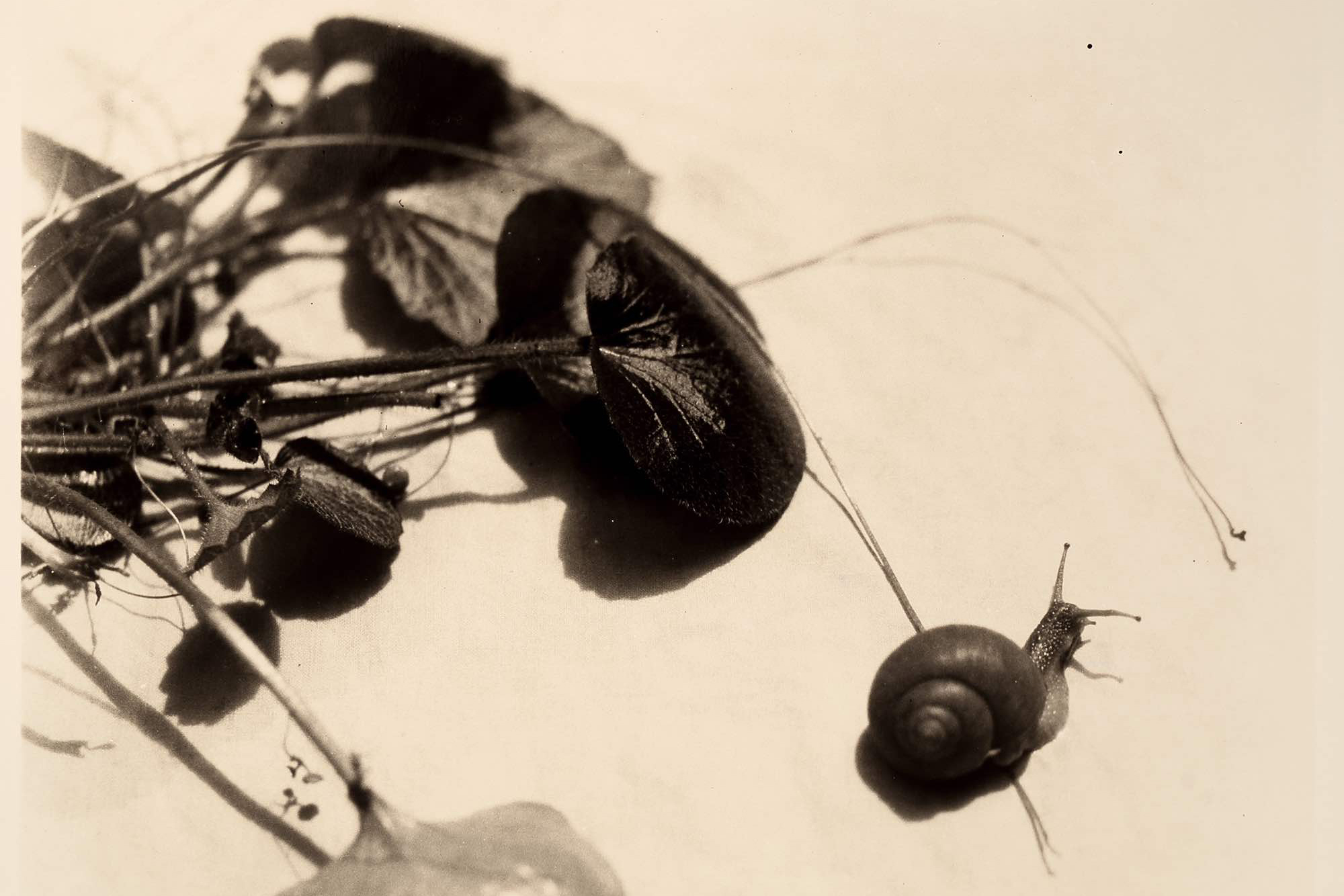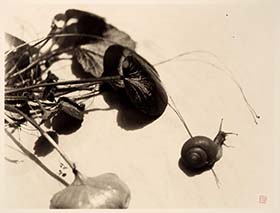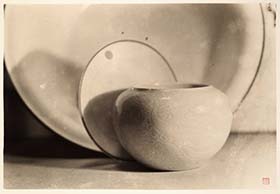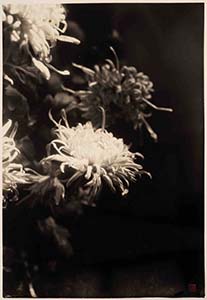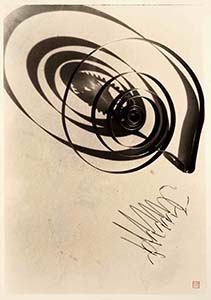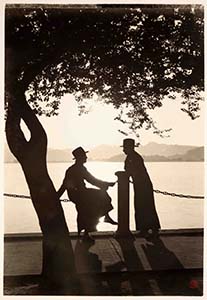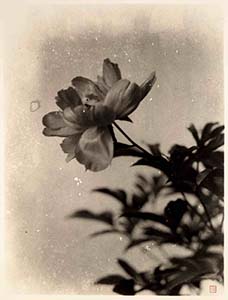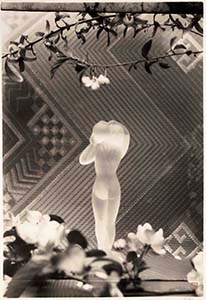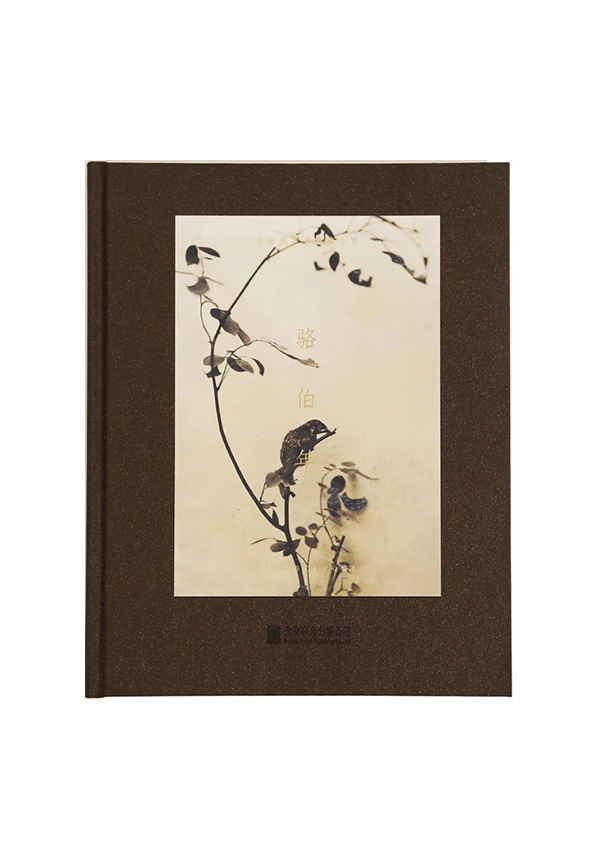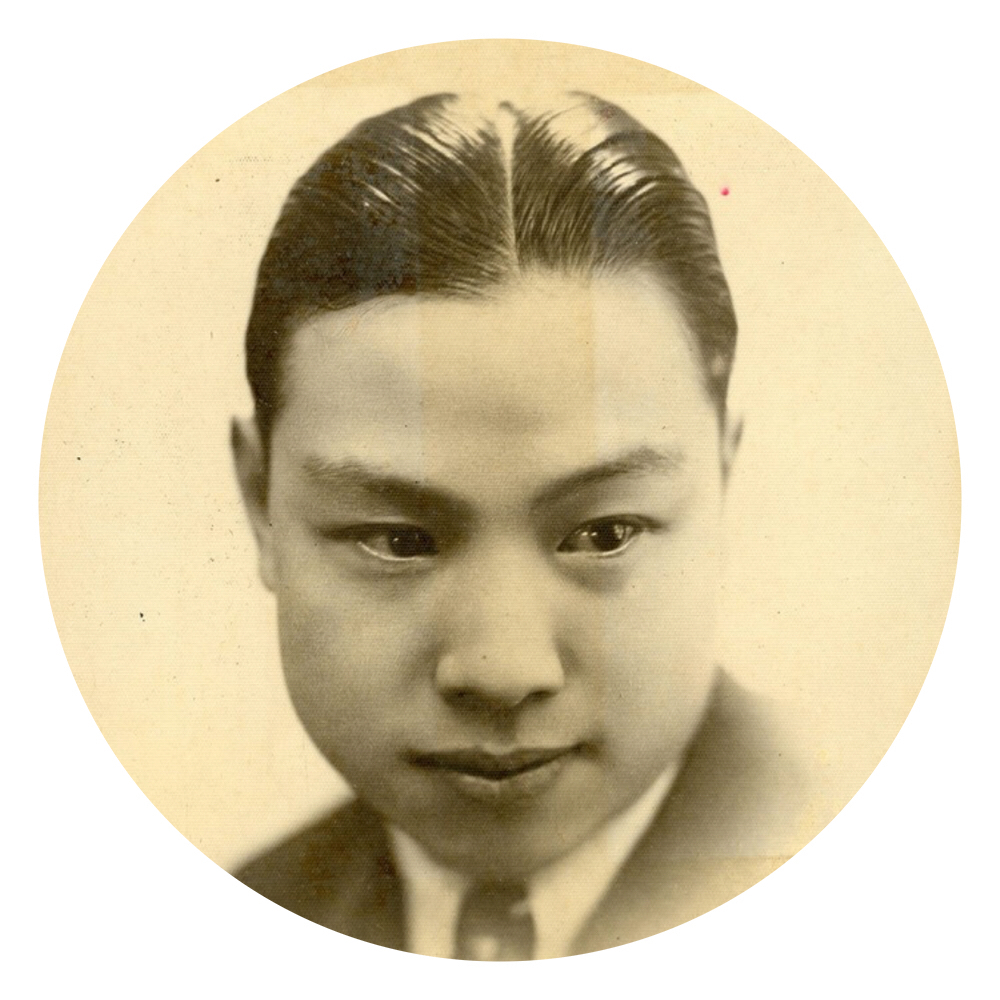
Luo Bonian
Luo Bonian was a Chinese photographer who worked primarily during the Republic Era (Minguo, 1912-1949).
His landscapes, portraits, and still lives offer a valuable record of the time period.
With the effort of Luo and his family, Luo’s collection of prints, negatives, albums and journals have been preserved.
Three Shadows +3 Gallery plans to present the selected reprints of Luo's work to show life during the Republic of China.
Works are authorized and under seal by artist’s trust and Three Shadows Photography Art Centre.
SOLO EXHIBITION:
2016 The Chinese Photobook Collection: Luo Bonian, Yang Fudong, Three Shadows +3 Gallery, Beijing, China
GROUP EXHIBITION:
2018 "Shape of Light: 100 Years of Photography and Abstract Art", Tate Modern, London, UK 2016 "Chinese Photography: Twentieth Century and beyond", Three Shadows Photography Art Centre, Beijing, China
BIOGRAPHY: 1911
Luo Bonian was born the oldest son in Hangzhou, Zhejiang Province.
His father was a mandarin in the imperial government of Hangzhou County.
Luo was educated under classical Confucian traditions, and came under the influence of traditional Chinese calligraphy and painting,
largely through his father who had extensive collections of both.
As a young man, Luo also became a Guqin (an ancient Chinese seven-string zither) enthusiast, and made his early attempts at calligraphy and painting.
1930
Married Wang Duojia, who while a student at Hangzhou Girls’ High School was renowned for her beauty.
1931
His oldest son, Luo Hancui, was born.
1932
Graduated from Hangzhou College of Commerce, majoring in accounting.
He started working at Zhejiang Commercial Bank the same year. His oldest daughter, Luo Hanxiu, was born.
He started to learn about photography during his free time, and purchased his first Rolleiflex camera.
He started photographing around the West Lake in Hangzhou, together with fellow amateur photographers such as Wang Cheng, Lv Jun and Chen Yanqiao.
He often published his work under the name “Wang Suxue”.
1933
Due to his personal interests, he had maintained regular contact with Tang Yun, a famous painter, and Zhao Zong Ding, a famous calligrapher, both based in Hangzhou.
1934
Luo secured a position at Bank of China, and was sent on a one-year internship at a branch of the bank in Lanxi, Zhejiang Province.
He often photographed in Lan Jiang, Mount Lanke and Mount Yandang.
His series entitled “Ji Wen”, or “Drawing Water from a Well”, dated May 1932, was published in Issue 9 of the Chinese Photography Magazine in 1934.
1935
Took a permanent position with Bank of China, and was reassigned to the general management division in Shanghai.
His second daughter Luo Hanyi was born. Luo’s interactions with fellow amateur photographers intensified whilst working in Shanghai.
He became exposed to international and modernist photography journals and photobooks, and the style of his work diversified.
His works Heavy Loads and Distant Journeys and Floating Duckweeds and Drifting Sprigs were published in Special Feature: Art Photography in 1935.
1936
Actively preparing pieces for the exhibition in Shanghai.
He was introduced by Mr. Wang Ernan, a good friend of his father, to Mr. Wang’s daughter Wang Yingxia,
as well as Mr. and Mrs. Yu Dafu, who at the time lived at the residence named Stormy Cottage in Chang Guan Lane, Hangzhou.
His work Night Mooring on the Lan River was published in Fei Ying, 1936, Issue 10.
Selections from his series The West Lake in Spring were published in Phenomenom in Shanghai, 1936, Issue 13.
1937
He was reassigned to a position at the Jin Hua Branch of Bank of China.
Second son Luo Hanbi was born. The most important exhibition of his life was held in Shanghai.
Yu Dafu contributed calligraphy for the title of the exhibition “Friendship Photography Exhibition”.
The exhibition featured multiple calligraphic inscriptions provided by friends and influential figures in the arts and politics of the Republican era,
such as Yu Dafu, Chen Lu, Cao Xiyu, and Zhao Zongding.
Some of the works were inscribed by Luo himself.
Three pieces of Luo’s work posted to Nanjing for an exhibition were lost after Nanjing fell to the Japanese. Only three others remain.
1938
Luo was reassigned to a position with Bank of China in Hong Kong.
He lived on Nathan Road in Kowloon.
He had photographed various places in Hong Kong during that time, such as Repulse Bay, Kowloon Tong, the ports, and Castle Peak.
1941
The Pacific War broke out.
The British forces retreated from Kowloon to Hong Kong Island in July, and by December Hong Kong fell to the Japanese.
Luo spent most of his time indoors photographing still life.
1942
At the beginning of the year, Luo, along with employees of Bank of China in Hong Kong and their famililes,
retreated by the Japanese refugee ship Shirogane Maru to Guangzhou Bay (or the Port of Zhanjiang today), and went further to Yu Lin and Liu Zhou.
That summer, Luo took a detour via Gui Yang and Zun Yi and arrived at the war-time capital Chongqing by bus.
Travelling with Luo were the son of famous Peking Opera singer, director of Bank of China Mei Lanfang,
and the younger brother of T. V. Soong of the prominent Soong family, among others.
Upon arrival in Chongqing, Luo initially lived in the town of Shi Qiao Pu, and then moved to the south bank. He started working at Bank of China’s Chongqing Branch.
1945
China won the war against Japan.
Luo was assigned to Bank of China’s Chengdu branch.
He reunited with one of his photographer friends of the Shanghai days, Lang Jingshan, at a gathering hosted by Lang Yuxiu and her husband Xiao Ji.
They exchanged thoughts and ideas on photography that developed over the years.
1946
Luo returned to Bank of China’s Shanghai branch, and lived on Wanhangdu Road.
He often photographed in Shanghai and in nearby cities such as Wuxi and Suzhou.
1947
His third daughter Luo Hanxin was born.
1948
Luo worked at the general management division of Bank of China’s head office in Shanghai.
1949
Luo refused to go to Taiwan with the Nationalists, and awaited the arrival of the Communists as he continued his work with Bank of China.
1950
As the general management division of Bank of China was moved to Beijing, Luo relocated and started working there.
He was seconded to the head office of the People’s Bank of China working on developing the financial system for the new regime.
Luo lived in Shuang Yu Hutong near Qian Men.
Due to international trade embargos, economic limitations, shortages of photographic materials and of international information,
the amount of Luo’s work decreased during this period, although he took occasional photographs at the Great Wall, the Forbidden City, and the Summer Palace.
1951
Luo made an application to be transferred back to his home town Hang Zhou.
He was relocated to the Hang Zhou branch of the People’s Bank of China, and lived at 26 Mu Chang Alley. He had by then stopped taking pictures.
The only three photographs still on the wall of his home were three from the exhibition, with inscriptions from Yu Dafu.
1953
Before the onset of the Anti-Rightist Movement, Luo left the People’s Bank of China and was re-assigned to the Ping Feng Shan Resort in Hangzhou,
affiliated with the Main Workers’ Union of Shanghai. He worked in the accounting department.
1966
The Cultural Revolution began.
A sizeable collection of calligraphy and painting, accumulated by Luo’s family since the Qing Dynasty, was torched.
Among the works lost were those by Tang Ying, Zhang Daqian and Qi Baishi.
As the photographs were his personal creations, and as he had stopped taking pictures since he returned to Hangzhou, these remained undiscovered.
1971
Luo retired from his position at the Ping Feng Shan Resort.
1976
End of the Cultural Revolution.
During the ten years of unrest, he had treasured and carefully preserved the work he had photographed and exhibited over the years,
large numbers of negatives, various international photographic literature, annuals, and photobooks, much the same as he did while migrating during the war.
2002
Luo Bonian died in Hangzhou on 14 June.
|
